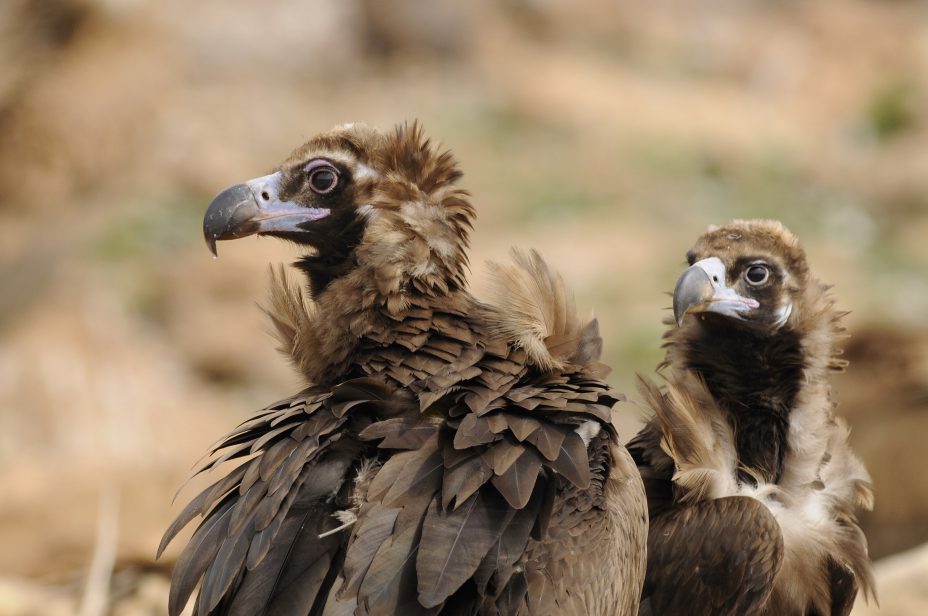Local mayors, the president of the Parc Naturel Regional des Baronnies Provençales, regional politicians, and even international decision makers and guests – from Switzerland, Portugal, Spain, Netherlands and other countries, have gathered this weekend in VillePerdrix – a beautiful village in the heart of the Parc Naturel– for a weekend of celebration of bearded vultures and to attend a bearded vulture release.
The ceremony, hosted by our local partners Vautours en Baronnies, was superb – there were exhibitions, walks, and talks by experts. And then, on Sunday morning, hundreds of people gathered in a clearing, in front of a massive cliff with lots of breeding griffon vultures, with a peregrine falcon pair constantly feeding it´s 4 chicks, to see up and close the two young bearded vultures that the VCF team had transported all the way from Andalusia, where they were bred in captivity by the Junta de Andalucía, as part of the captive breeding network managed by the VCF.
Silvia Semadeni, a federal MP in Switzerland and the president of the Swiss conservation organization ProNatura then enthralled the participants with her emotional address about the female Pronatura, named after her organisation. The other bearded vulture was named after the local hamlet Leoux, the closest to the cliff where the two bearded vultures are now spending a few weeks before fledgling into the blue Baronnies skies. The birds were taken to the hacking cave by a smaller group, to the delight of the hundreds attending many hundreds of meters below. In our reintroduction projects bearded vultures are released at an age of around 90 days old, one month before they fledge (see photos). In this age nestlings can eat and prepare the food alone, are strong enough to defend themselves against other birds of prey or foxes, but are young enough to recognize the release site as their rearing place. Their learning and adaptation capacities are also in their maximum phase.
The release this weekend was the second this year – three weeks ago three bearded vultures had already been released in the Grands Causses, and is part of VCF´s programme to restore the bearded vulture across Europe.
The releases in the Baronnies are very important, because this mountains chain is in the extreme western pre-Alps, between the Massif Central and the alpine chain, and an important stepping stone between the Alps and the Pyrenees – the perfect corridor for a pan European future gene flow. Griffon and black vulture populations have been restored there, so Vautours en Baronnies has now a solid track record and experience on vulture restoration projects. Further, some bearded vultures often use the area for prolonged periods of time – mostly come from the nearby Vercors.
The current bearded vulture release is the second on that site following last year´s pioneering one, and happens within the framework of the LIFE GYPCONNECT project, an EU funded project that aims to enhance the establishment of the gene flow between bearded vulture populations in the Alps and the Pyrenees.
Bearded vultures take 9 or 10 years to start breeding, so we will have to wait a few more years for the next milestone in the project – the first nest in the wild in the Baronnies. In the meantime, the VCF, and Vautours en Baronnies will continue to work together to re-establish this crucial population in the pre-Alps/Cevennes, within the LIFE GYPCONNECT project.
Photos: VCF




